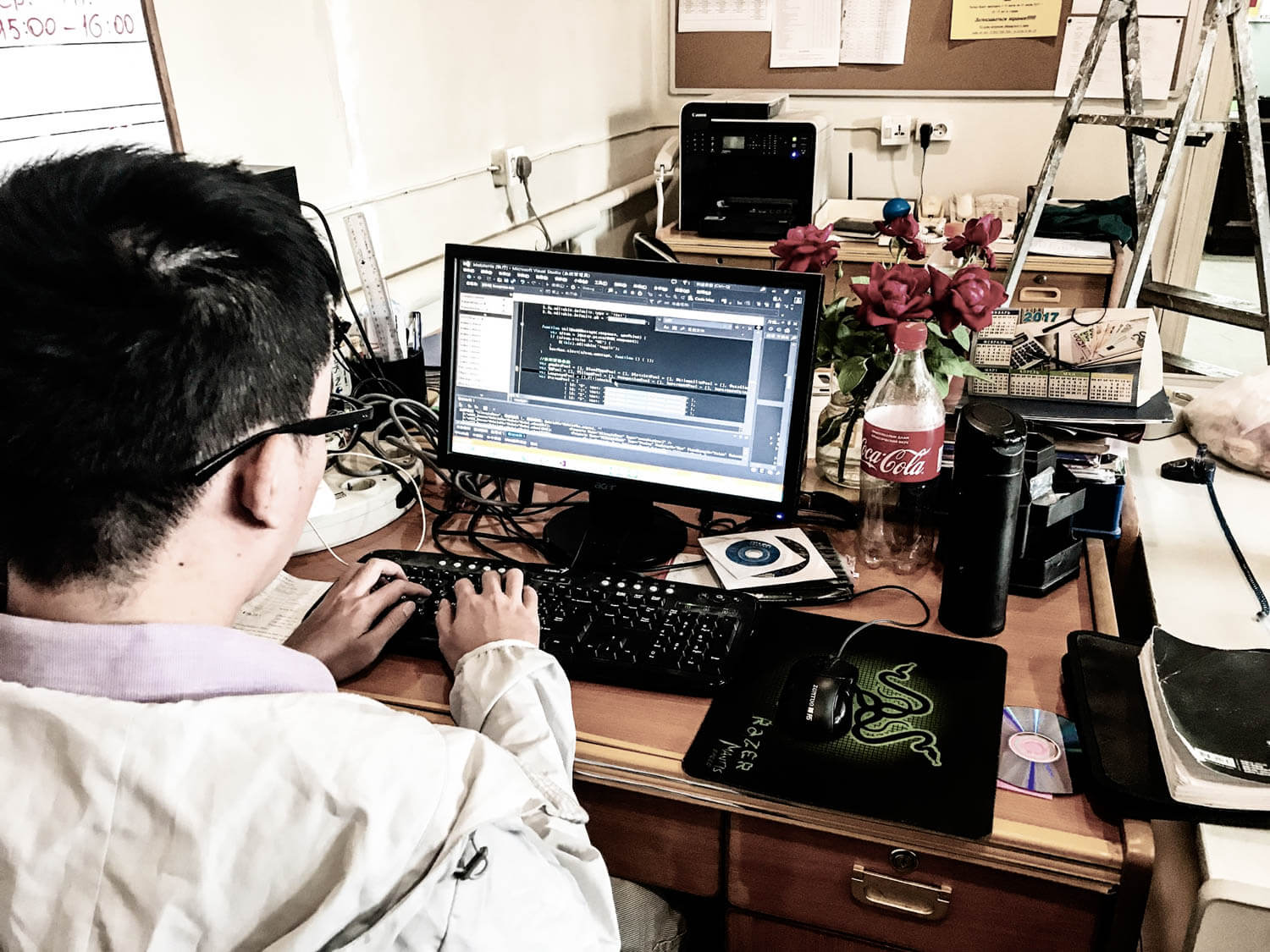
A flexible, customizable, modular cloud-based
healthcare information platform
Cloud storage, a cross-platform, cross-system comprehensive solution without the need for building data centers or purchasing high-cost equipment.
No installation required, easily go online
Low cost, high efficiency
Serverless
Cloud backup

mHIS can rapidly implement healthcare information applications, incorporating key technologies such as cloud biometrics, smart cards, electronic health records, digital signatures, etc. It serves as a crucial platform for the future development of integrated virtual and real remote patient care. Currently, the planned total includes 62 sub-modules, providing our collaborative clients with flexible and swift deployment of their healthcare information solutions based on the size and service volume of their institutions.
A design philosophy centered around healthcare personnel, combined with electronic health records, creating a new generation of cloud-based healthcare information systems.

Registration System
The registration system offers on-site registration, appointment scheduling, and cancellation functions. Nursing staff can perform registration or cancellation procedures using patient ID card scanning, fingerprint recognition, or manual entry of the patient ID code.

Patient Management System
When patients visit the hospital, they can register directly through manual service provided by nursing staff. For new patients, nursing staff can establish the patient’s basic information in the registration system and set up fingerprint recognition or patient card (health insurance card). For follow-up visits, patient identification can be done through fingerprint recognition or card reading.

Outpatient Order System
The Outpatient Order System is the core of outpatient operations, primarily designed to facilitate the creation of SOAP orders for outpatient doctors. It allows access to patients’ basic information and past medical records. Common phrases and templates can be set based on doctors’ examination habits, streamlining the input of diagnosis, chief complaints, history, medications, and laboratory data. This aids doctors in increasing communication time with patients. Serving as the focal point, it is highly integrated with various internal and external processes and information systems. It can interface with the laboratory system to view X-ray, CT reports, and other test results.
In the patient-centric process, it promptly provides detailed and comprehensive medical information such as medications, laboratory tests, examinations, and radiology reports to assist physicians, enhancing appropriateness and improving service quality.

Environmental Control System
In the context of environmental monitoring within a hospital, the system monitors elements such as temperature, carbon dioxide (CO2) concentration, humidity, bacterial count, dust particles, and more. If these elements are not appropriately controlled, for instance, an elevated CO2 concentration can adversely affect human health. This may occur due to poor ventilation from centralized air conditioning equipment, leading to the accumulation of CO2.






